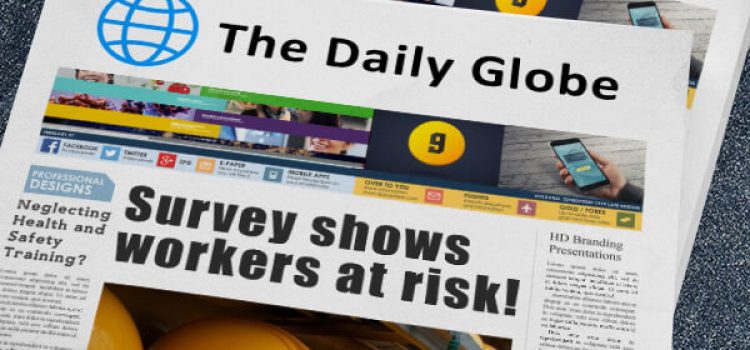Two companies were recently fined for failing to properly manage their duties relating to the disposal of asbestos. A property management firm and an asbestos surveying company were fined a total of £13,200 because they conducted an inadequate demolition survey prior to a major construction project.
Home Inspectors Southern Limited failed to identify asbestos cement and asbestos insulating board containing Chrysotile and Amosite asbestos. An investigation by the Health and Safety Executive (HSE) uncovered that the surveyor had no training in asbestos surveying, or any previous work experience with a qualified contractor. Home Inspectors Southern also incorrectly claimed that a non-licensed contractor could be used to remove some of the asbestos materials.
Vital Property Solutions Limited, who managed the project, failed to check that Home Inspectors Southern had the required skills, training and experience to manage the asbestos survey.
Both companies pleaded guilty to breaching Section 3 (1) of the Health and Safety at Work Act 1974, which places general duties on employers and the self-employed to conduct business in such a way that others are not exposed to risks.
Home Inspectors Southern was fined £8400 and Vital Property Solutions was fined £4800. The HSE inspector, speaking after the hearing, commented, “Asbestos surveyors have a duty of care to those persons who use the information they provide. The survey missed a significant amount of asbestos contaminated materials (ACMs) thus increasing the risk to workers, who would be disturbing the fabric of the buildings during the refurbishment/demolition project.
“The risk arises from workers unknowingly working on ACM, and not taking effective precautions to prevent exposure and spread of asbestos fibres. Where surveyors fall well short of the standard then HSE will take robust action.”
Health and safety training from VinciWorks
A common element in cases of health and safety breaches is a lack of training – whether it’s never provided or just not refreshed frequently enough. It’s clear that having a system for delivering essential health and safety training is vital for organisations that want to keep their employees, stakeholders and visitors safe at work.
That’s precisely what we offer at VinciWorks. Our training is virtual, so it can be delivered quickly and affordably whenever it’s required. Without the usual overheads associated with hiring venues, travelling to learning centres and catering for trainers and delegates, your essential learning becomes more sustainable. And because learning records are online, you can easily prove that mandatory training was provided.



